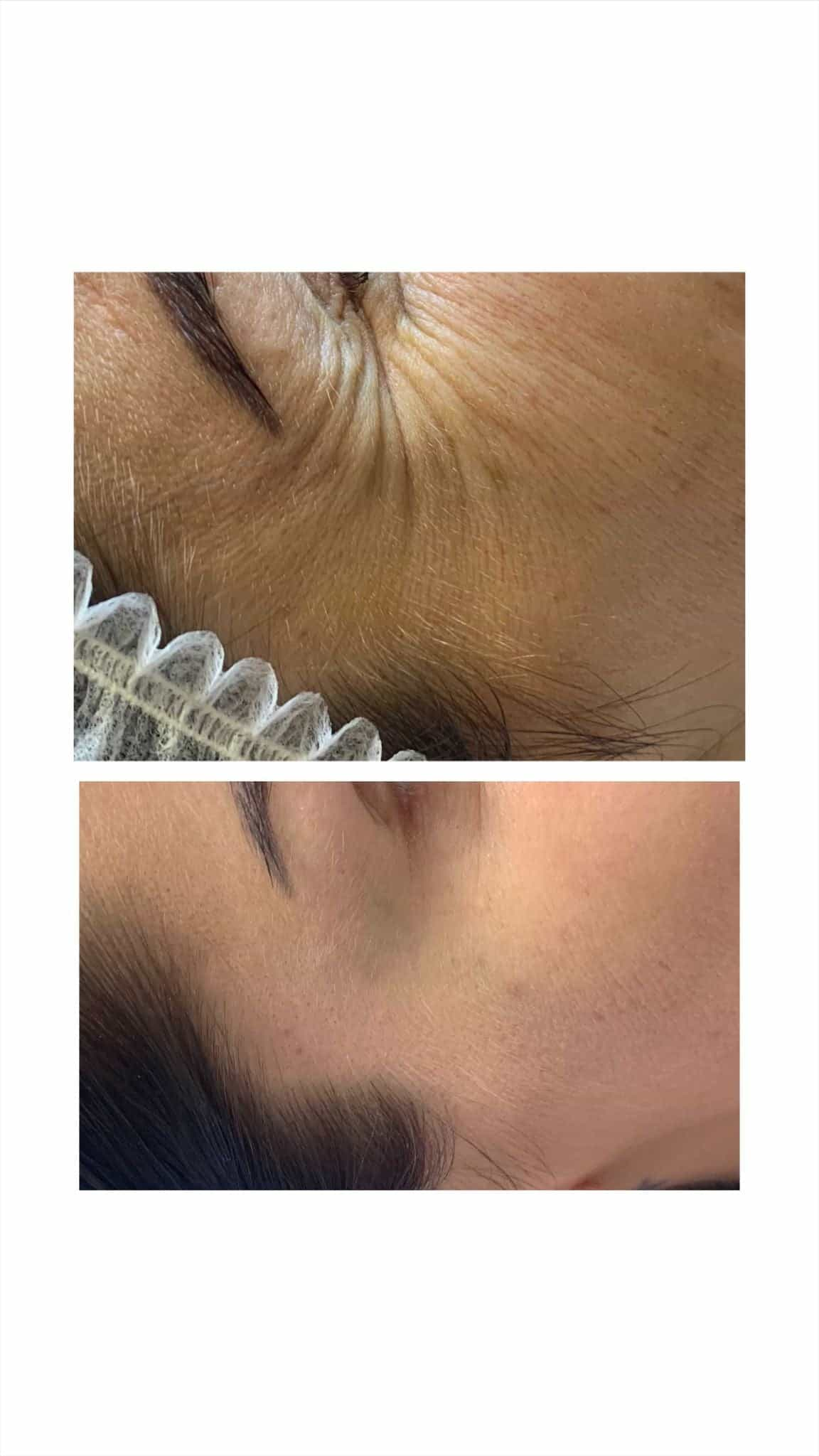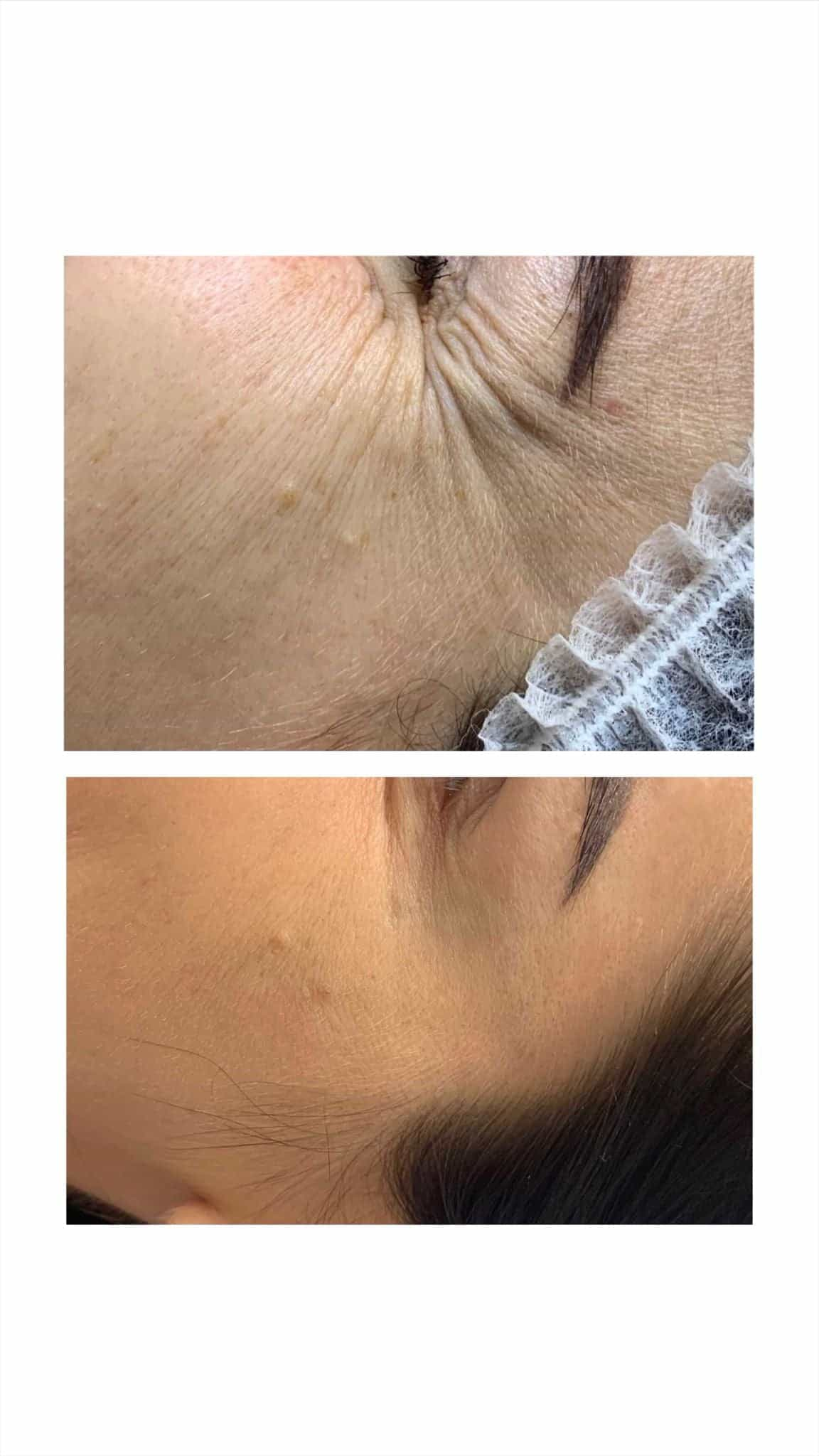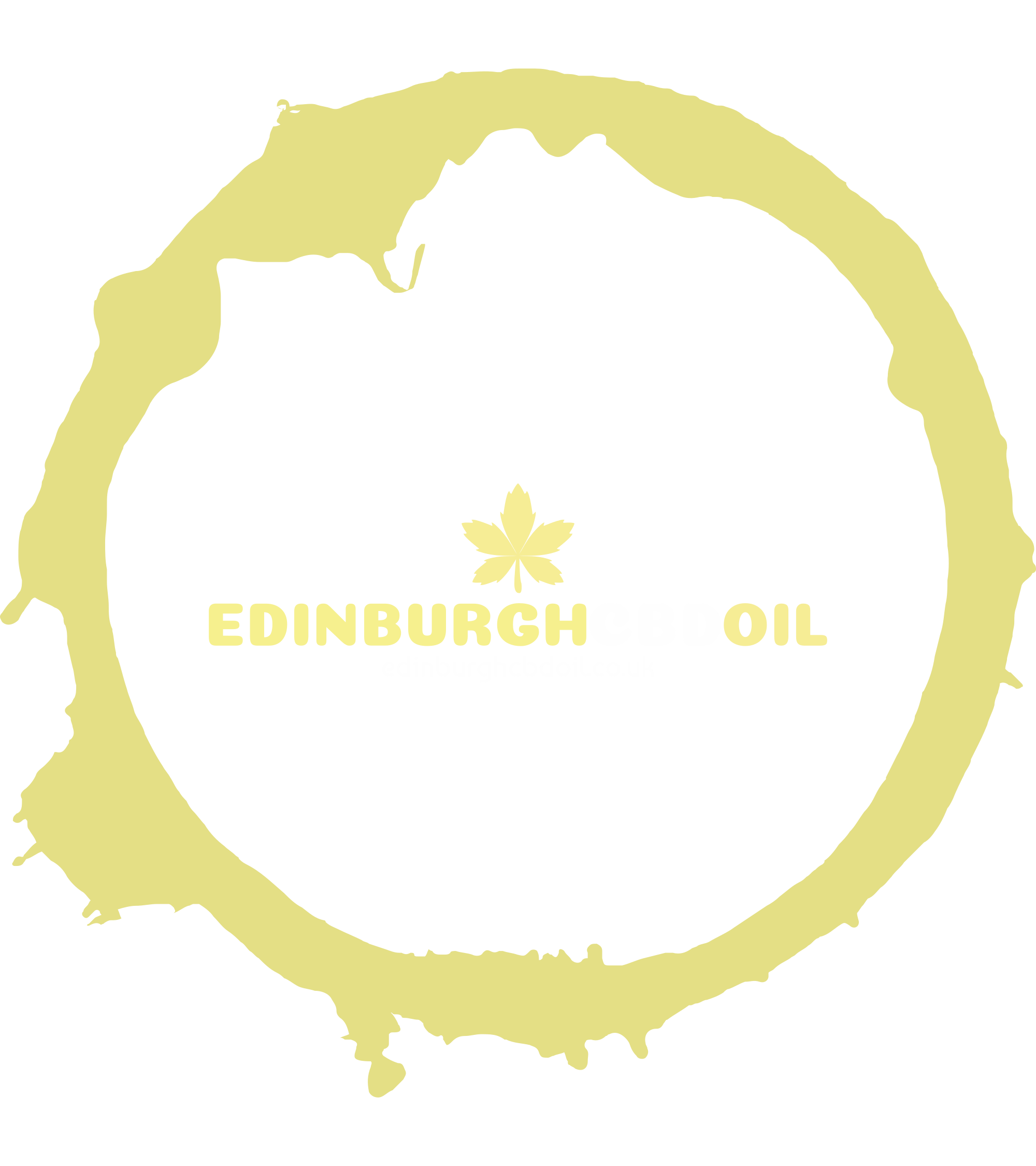Non-Invasive Treatments
In the pursuit of youthful and radiant skin, non-invasive treatments have gained immense popularity in recent years. These innovative procedures offer an effective alternative to traditional surgical methods, minimizing downtime and risk while delivering noticeable results. From injectables to laser therapy, a wide array of options cater to specific concerns such as wrinkles, fine lines, and age spots.
Botox
When it comes to addressing crow’s feet, also known as lateral canthal lines, in the UK, there are several effective non-invasive treatment options available. Crow’s feet are often caused by repeated facial expressions, leading to wrinkles that radiate outward from the outer corners of the eyes.
- Botox is a highly popular treatment for crow’s feet due to its ability to temporarily relax the muscles responsible for their formation.
- Other non-invasive treatments include dermal fillers, which can be injected to plump up the skin and reduce the appearance of wrinkles.
- Chemical peels and microdermabrasion are exfoliating treatments that can improve skin texture and minimize the look of fine lines.
Dermal Fillers
Dermal fillers offer a versatile approach to minimizing the appearance of crow’s feet. These injectables consist of hyaluronic acid, a naturally occurring substance in the body that provides volume and hydration to the skin.
By strategically injecting dermal fillers into the area around the crow’s feet, they can lift and plump the skin, smoothing out wrinkles and creating a more youthful appearance. The results are typically immediate and can last for several months, depending on the type of filler used and individual factors.
Chemical Peels
Chemical peels offer another effective non-invasive treatment option for crow’s feet. These procedures involve applying a chemical solution to the skin, which exfoliates the top layers and stimulates collagen production. There are various types of chemical peels, ranging from mild to deep, each targeting different skin concerns.
- Superficial peels, typically containing alpha-hydroxy acids (AHAs) or beta-hydroxy acids (BHAs), can improve skin texture and reduce the appearance of fine lines.
- Medium-depth peels, using trichloroacetic acid (TCA), penetrate deeper into the skin, addressing moderate wrinkles and sun damage.
- Deep peels, utilizing phenol, are the most intense and require a longer recovery time but can significantly reduce deep wrinkles and scars.
Invasive Treatments
When considering treatments for crow’s feet, it is essential to explore various non-invasive options available. These procedures offer advantages like minimal downtime and reduced risks compared to surgical interventions. From popular injectables to advanced techniques like laser therapy, a range of solutions can effectively target crow’s feet, leaving you with smoother, more youthful-looking skin.
Laser Resurfacing
Laser resurfacing is an invasive treatment that utilizes controlled laser energy to remove the top layers of skin. This process stimulates collagen production and improves skin texture, reducing the appearance of fine lines and wrinkles, including crow’s feet.
There are two main types of laser resurfacing: ablative and non-ablative.
Ablative laser resurfacing removes a significant portion of the epidermis and sometimes the dermis. It produces dramatic results but requires a longer recovery period with potential side effects such as redness, swelling, and peeling.
Non-ablative laser resurfacing targets deeper layers of the skin without removing the top layer. It typically has less downtime and fewer side effects compared to ablative laser resurfacing.
Before undergoing any laser treatment, it is crucial to consult with a qualified dermatologist or plastic surgeon to determine if laser resurfacing is suitable for your individual needs and skin type.
Microneedling
Microneedling is another non-invasive treatment option gaining popularity for addressing crow’s feet. This procedure involves using fine needles to create controlled micro-injuries in the skin. These tiny punctures stimulate collagen and elastin production, leading to improved skin texture and a reduction in the appearance of wrinkles.
Microneedling can be performed with various devices, ranging from handheld rollers to automated systems. The depth of the needles can be adjusted based on individual skin concerns and desired outcomes. During the treatment, a topical anesthetic is usually applied to minimize discomfort.
After microneedling, the skin may appear slightly red or irritated, but this typically subsides within a few hours. Multiple sessions are often required to achieve optimal results.
Lifestyle and Home Remedies
In the quest for youthful and vibrant skin, non-invasive treatments have emerged as a popular choice. These procedures offer a less invasive alternative to traditional surgical methods, minimizing downtime and risk while delivering noticeable results. A range of options are available to address various skin concerns, including wrinkles, fine lines, and age spots.
Sunscreen Application
Sunscreen application is crucial for protecting your skin from the damaging effects of the sun’s ultraviolet (UV) radiation. UV rays can penetrate deep into the skin, causing premature aging, wrinkles, sunspots, and even skin cancer.
To ensure adequate protection, follow these guidelines for sunscreen application:
- Apply generously:
- Apply evenly:
- Don’t forget hard-to-reach areas:
- Reapply frequently:
- Choose the right SPF:
Use about a shot glass full of sunscreen to cover your entire body.
Spread the sunscreen evenly over all exposed skin, including your face, ears, neck, arms, legs, and feet.
Pay attention to areas like your scalp, hands, and the back of your neck.
Reapply sunscreen every two hours, or more often if you are swimming or sweating heavily.
Select a broad-spectrum sunscreen with an SPF of 30 or higher. SPF stands for Sun Protection Factor and indicates how long it takes for UVB rays to redden your skin when wearing sunscreen compared to without any protection.
Facial Exercises
Facial exercises are often touted as a natural way to address concerns like crow’s feet, but their effectiveness is debated within the medical community.
Some proponents believe that regularly contracting and relaxing facial muscles can improve skin tone and reduce the appearance of fine lines. However, scientific evidence supporting these claims is limited.

If you’re considering facial exercises for crow’s feet, it’s important to approach them with realistic expectations.
While they may not produce dramatic results, some people find that consistent practice can help maintain muscle tone and potentially minimize the appearance of fine lines over time.
Hydration and Diet
In the pursuit of youthful and radiant skin, non-invasive treatments have gained immense popularity in recent years. These innovative procedures offer an effective alternative to traditional surgical methods, minimizing downtime and risk while delivering noticeable results. From injectables to laser therapy, a wide array of options cater to specific concerns such as wrinkles, fine lines, and age spots.
When it comes to addressing crow’s feet, also known as lateral canthal lines, in the UK, there are several effective non-invasive treatment options available. Crow’s feet are often caused by repeated facial expressions, leading to wrinkles that radiate outward from the outer corners of the eyes.
Botox is a highly popular treatment for crow’s feet due to its ability to temporarily relax the muscles responsible for their formation. Other non-invasive treatments include dermal fillers, which can be injected to plump up the skin and reduce the appearance of wrinkles. Chemical peels and microdermabrasion are exfoliating treatments that can improve skin texture and minimize the look of fine lines.
Dermal fillers offer a versatile approach to minimizing the appearance of crow’s feet. These injectables consist of hyaluronic acid, a naturally occurring substance in the body that provides volume and hydration to the skin. By strategically injecting dermal fillers into the area around the crow’s feet, they can lift and plump the skin, smoothing out wrinkles and creating a more youthful appearance. The results are typically immediate and can last for several months, depending on the type of filler used and individual factors.
Chemical peels offer another effective non-invasive treatment option for crow’s feet. These procedures involve applying a chemical solution to the skin, which exfoliates the top layers and stimulates collagen production. There are various types of chemical peels, ranging from mild to deep, each targeting different skin concerns.

- Superficial peels, typically containing alpha-hydroxy acids (AHAs) or beta-hydroxy acids (BHAs), can improve skin texture and reduce the appearance of fine lines.
- Medium-depth peels, using trichloroacetic acid (TCA), penetrate deeper into the skin, addressing moderate wrinkles and sun damage.
- Deep peels, utilizing phenol, are the most intense and require a longer recovery time but can significantly reduce deep wrinkles and scars.
When considering treatments for crow’s feet, it is essential to explore various non-invasive options available. These procedures offer advantages like minimal downtime and reduced risks compared to surgical interventions. From popular injectables to advanced techniques like laser therapy, a range of solutions can effectively target crow’s feet, leaving you with smoother, more youthful-looking skin.
Laser resurfacing is an invasive treatment that utilizes controlled laser energy to remove the top layers of skin. This process stimulates collagen production and improves skin texture, reducing the appearance of fine lines and wrinkles, including crow’s feet.
There are two main types of laser resurfacing: ablative and non-ablative.
Ablative laser resurfacing removes a significant portion of the epidermis and sometimes the dermis. It produces dramatic results but requires a longer recovery period with potential side effects such as redness, swelling, and peeling.
Non-ablative laser resurfacing targets deeper layers of the skin without removing the top layer. It typically has less downtime and fewer side effects compared to ablative laser resurfacing.
Before undergoing any laser treatment, it is crucial to consult with a qualified dermatologist or plastic surgeon to determine if laser resurfacing is suitable for your individual needs and skin type.
Microneedling is another non-invasive treatment option gaining popularity for addressing crow’s feet. This procedure involves using fine needles to create controlled micro-injuries in the skin. These tiny punctures stimulate collagen and elastin production, leading to improved skin texture and a reduction in the appearance of wrinkles.
Microneedling can be performed with various devices, ranging from handheld rollers to automated systems. The depth of the needles can be adjusted based on individual skin concerns and desired outcomes. During the treatment, a topical anesthetic is usually applied to minimize discomfort. After microneedling, the skin may appear slightly red or irritated, but this typically subsides within a few hours. Multiple sessions are often required to achieve optimal results.
In the quest for youthful and vibrant skin, non-invasive treatments have emerged as a popular choice. These procedures offer a less invasive alternative to traditional surgical methods, minimizing downtime and risk while delivering noticeable results. A range of options are available to address various skin concerns, including wrinkles, fine lines, and age spots.

Sunscreen application is crucial for protecting your skin from the damaging effects of the sun’s ultraviolet (UV) radiation. UV rays can penetrate deep into the skin, causing premature aging, wrinkles, sunspots, and even skin cancer.
To ensure adequate protection, follow these guidelines for sunscreen application:
- Apply generously:
- Apply evenly:
- Don’t forget hard-to-reach areas:
- Reapply frequently:
- Choose the right SPF:
Use about a shot glass full of sunscreen to cover your entire body.
Spread the sunscreen evenly over all exposed skin, including your face, ears, neck, arms, legs, and feet.
Pay attention to areas like your scalp, hands, and the back of your neck.
Reapply sunscreen every two hours, or more often if you are swimming or sweating heavily.
Select a broad-spectrum sunscreen with an SPF of 30 or higher. SPF stands for Sun Protection Factor and indicates how long it takes for UVB rays to redden your skin when wearing sunscreen compared to without any protection.
Facial exercises are often touted as a natural way to address concerns like crow’s feet, but their effectiveness is debated within the medical community.
Some proponents believe that regularly contracting and relaxing facial muscles can improve skin tone and reduce the appearance of fine lines. However, scientific evidence supporting these claims is limited.
If you’re considering facial exercises for crow’s feet, it’s important to approach them with realistic expectations. While they may not produce dramatic results, some people find that consistent practice can help maintain muscle tone and potentially minimize the appearance of fine lines over time.
- Who Shouldn’t Get Botox? - November 17, 2025
- What Is Sexual Autonomy And How It Influences Modern Dating - November 16, 2025
- Weed Drinks Vs Cannabis Edibles: Pros And Cons - November 13, 2025
